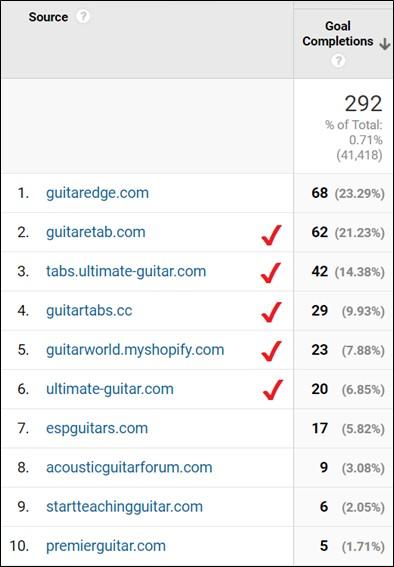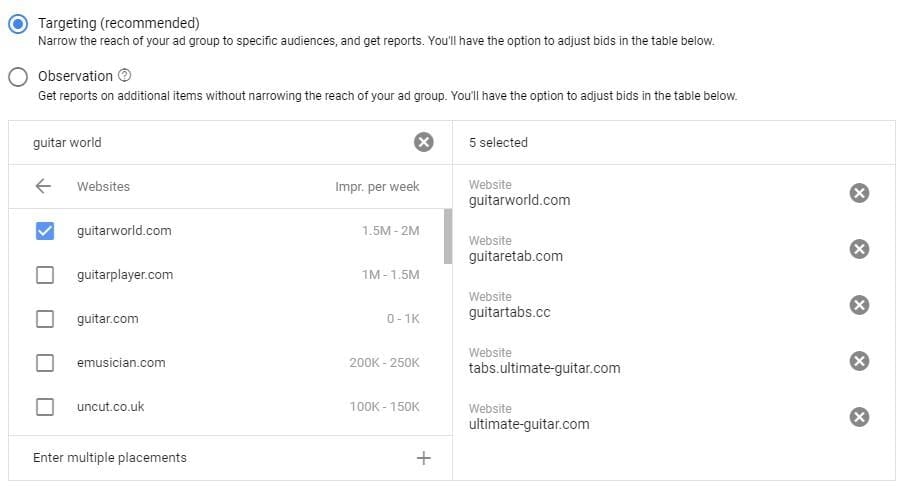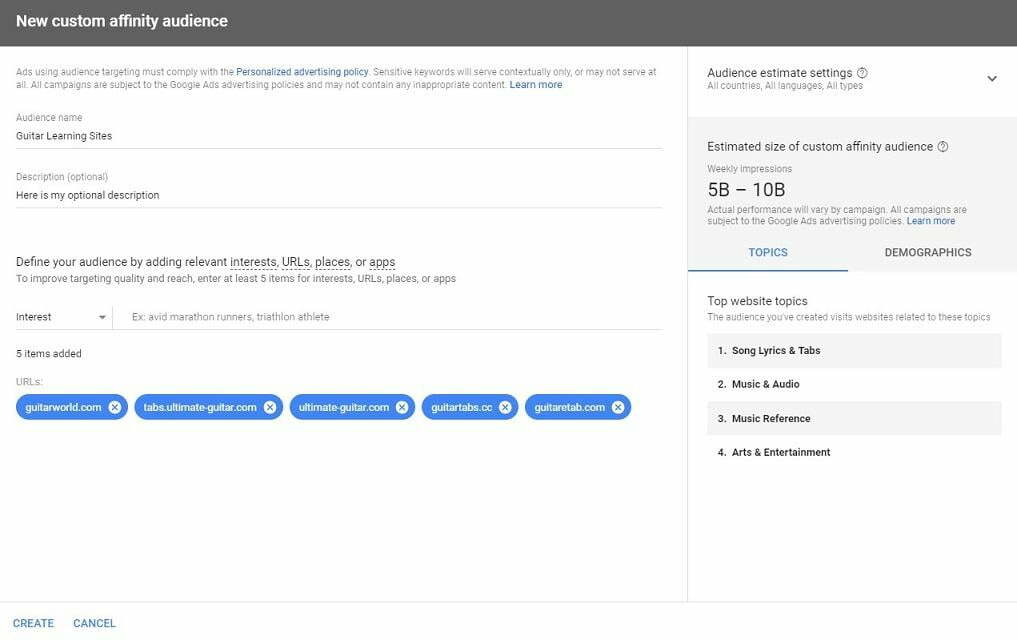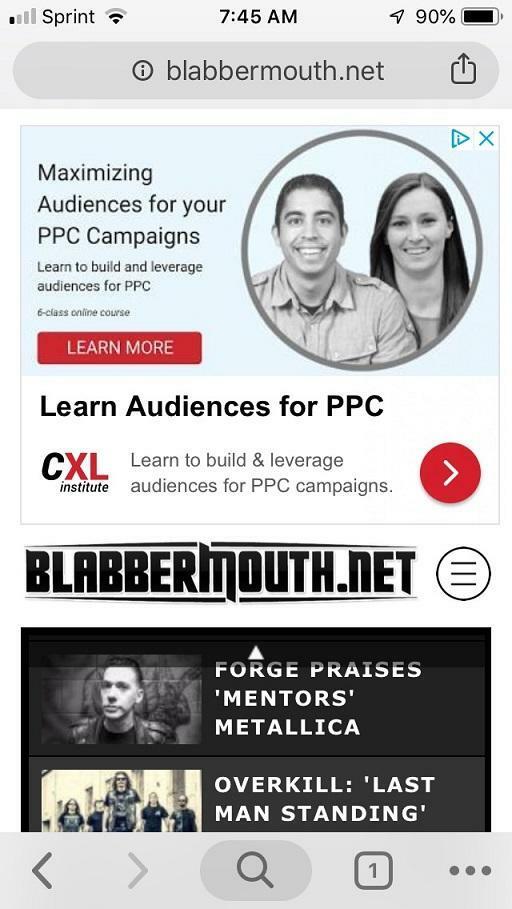I miss the Display Planner. It was one of my favorite tools in the old AdWords interface. When Google decided to remove the tool from Google Ads, PPC marketers lost a valuable asset for planning out display campaigns.
While I still want the tool back, we can create successful managed placement campaigns in Google Ads. It just takes a little bit more work on our end. (Thanks Google!) Here are a few tactics I use for finding new placements to target.
Look at What Traffic Is Already Working
I love talking about how Google Analytics can usually answer the question, “Who should I target first?” This post is no exception. Whenever I get the opportunity to set up my first display campaign in an account, one of the first places I like to look is the Referrals report in Google Analytics.
Want to create designer-quality display ads in minutes? Try our free Smart Ads Creator.
The Referrals report lives under the Acquisition > All Traffic portion of Google Analytics. Typically, I like to sort by most conversions (or revenue for ecommerce businesses) to see which referral sources are sending quality traffic to my site.

Then, I take the list of URLs and search for them as placements when creating an ad group in Google Ads. I put the red check marks here for a reason. These URLs were the only ones included in the Google Display Network.

If I can see in Google Analytics that these sites are already driving traffic that converts, I want to try and get more of these users to my site. If the websites in your Referrals report aren’t part of the Display Network, we can still use these sites to find valuable placements. Let me show you how next.
Did you know that you can also now target your display ads based on a list of emails? As of June 2020, Google has extended their Customer Match feature to the Google Display Network!
Test Non-Placement Audiences
If you have a list of websites you know your target audience visits, but none is a part of Google’s Display Network, test them out as a custom affinity audience or even a custom intent audience. These targeting options will never be as direct as a managed placement target. But you can at least try to get in front of users who have shown interest in these sites in the past.

Now, let’s say we’ve had ad groups running with custom audiences based on desired placements for a little while. We can review where our ads were actually shown on the Display Network and/or YouTube. In the Google Ads interface, head over to the Placements page, then click “Where Ads Showed” towards the top of the screen.

In the Google Ads interface, we can look and see which placements our custom audience targets frequent the most often. Visits are great, but we can adjust our columns to see which of these site users have converted the most from our display ads, too. If you see certain sites that give you the engagement or conversion numbers you like, you can then create new campaigns or ad groups with these new sites as managed placements.
Review Potential Placements Before Going Live
It’s fairly easy to come up with a list of URLs, add them to a managed placement ad group, and let it run. But actually seeing where your ads could be placed can help you get a better start achieving your goals in a display campaign. Here’s an example of what an ad on the Blabbermouth homepage looks like on desktop. (Warning: shameless plug coming.)

At the top of the page, we see an ad. The placement is appealing for marketers because it’s at the very top of the page, and it’s a pretty big space. But how does this placement look on mobile?

Now, I like this image even better. Look at how much more percentage of the page we get! The different ad size on mobile gives me an opportunity to include more images, and, more importantly, give the user more information.
Take some time and review your managed placement options. This could information could help you to structure your campaigns, set up your bid adjustments, or even decide you may not want to be on a certain placement anymore.
Successful Placement Targeting Can Easily Be Achieved
The idea of placing your ad on specific websites always sounds appealing. But before we start adding a ton of sites as targets, let’s take some time and do the research first. The tools we get in Google Analytics and Google Ads give us great starting points to research and test new opportunities. Find out where your current users are, try to get in front of more of these users, and make sure you know how your ads will show up to these users on each of your placements.
Now, go and expand your reach!







